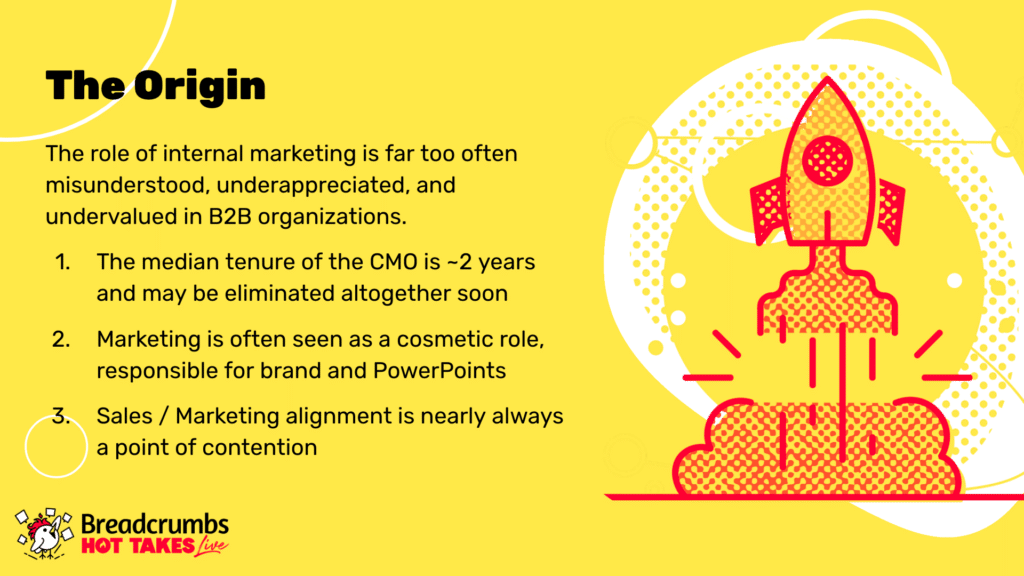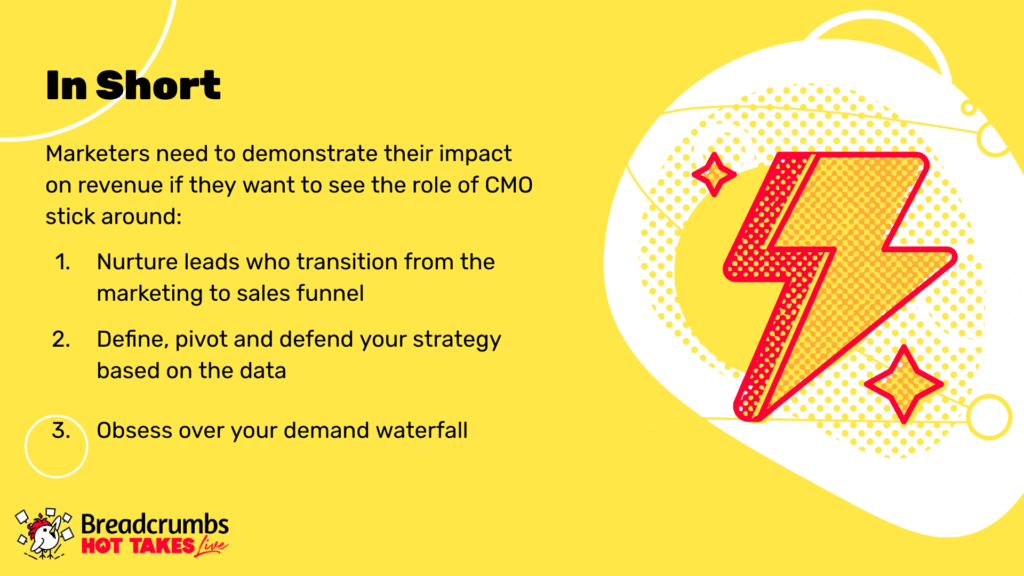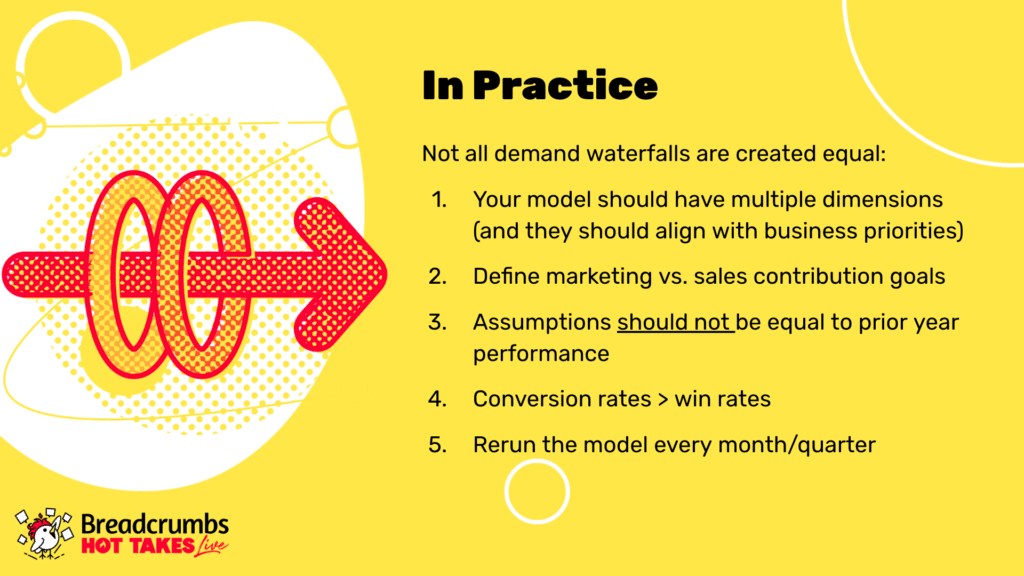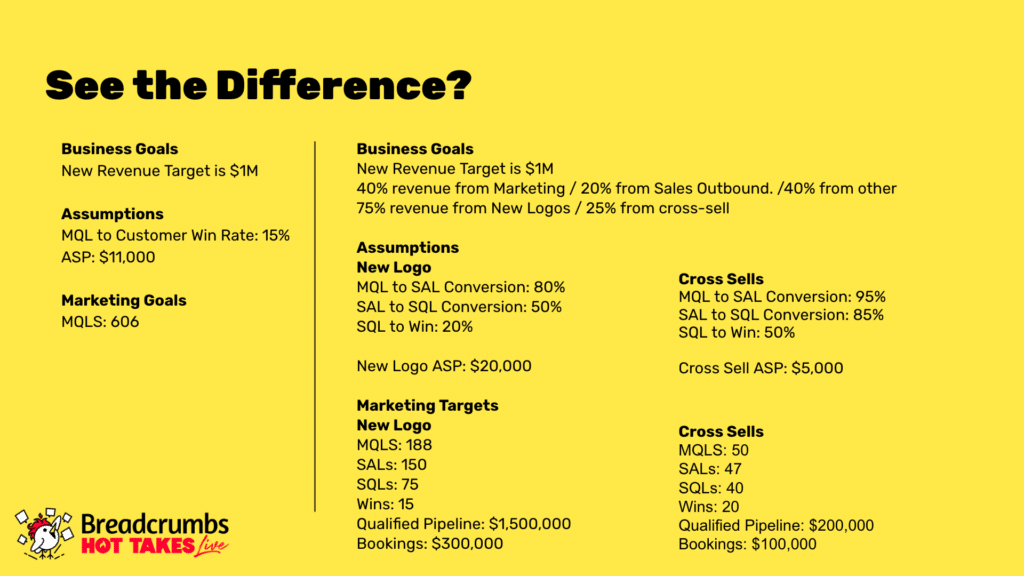

Unkover your competitors’ Marketing Secrets
Say goodbye to wasting hours on competitor analysis by equipping your team with an AI-driven, always-on competitive intelligence platform.


Say goodbye to wasting hours on competitor analysis by equipping your team with an AI-driven, always-on competitive intelligence platform.

Stay Ahead with AI-DRIVEN Competitive Intelligence
Unkover is your AI-driven Competitive Intelligence team delivering critical updates about your competitors the moment they happen:
Track your competitors website changes
Why spend all day stalking the competition when you don’t have to?
With Unkover, you’ll know instantly when your competitors tweak their messaging or shake up their pricing. No more endless scrolling through their sites or second-guessing your strategies.
Let us do the heavy lifting for you, ensuring you’re always in the loop by notifying you the moment a critical change happens on your competitor’s pages.
Sit back, relax, and keep winning—Unkover makes sure you’re not just in the game, you’re always a step ahead.


Read your competitors emails
Companies love updating their customers and prospects about relevant news, product updates, and special offers.
That juicy info from your competitors? It’s yours too. Unkover will automatically capture all their emails and bring them right to your doorstep—accessible to your entire team, anytime.
[COMING SOON: Our fine-tuned AI will sift through these emails, extract key information and send them over to the best team within your org. Less noise, more signal!]
We hear you! Unkover’s goal is not to flood you with tons of data points that no one in your team will ever read. We gather competitive intelligence from thousands of data sources and use AI to highlight actionable information to the right team in your company.
Say goodbye to noise. We’re 100% signal.
ROADMAP
We’re excited to get Unkover in your hands as soon as possible and keep building the best competitive intelligence tool with your precious feedback. The roadmap for the next few months is already exciting, so take a look!
While we build and deliver, here’s our promise to you: as an early tester and customer, you’ll lock in an exclusive bargain price we’ll never offer again in the future.

Spy on your competitors’ full marketing strategy: social, ads, content marketing, email flows, and more.

Track competitive Win/Loss analysis and build battle cards. Get alerted at every pricing change.

Get immediate alerts when competitors announce new features or major releases. Identify strengths and weaknesses from online reviews.

Get the competitive intelligence you need where you need it: Slack, eMail, MS Teams, Salesforce, Hubspot, Pipedrive and more.
slack integration
Unkover’s Slack integration lets you keep your whole team up to speed with your competitors’ updates.

Join now to lock in an exclusive 50% lifetime discount
For startups and small teams, it’s the essential toolkit you need to keep an eye on a select few competitors.

Up to 5 competitors

50 pages monitored

10 email workflows

3-day data refresh
$39
/per month
$ 79
50% discount
Billed annually
For growing businesses, it allows you to monitor more competitors, pages, and email workflows.

Up to 10 competitors

100 pages monitored

20 email workflows

1-day data refresh
$79
/per month
$ 159
50% discount
Billed annually
For large companies, it is tailored to meet the needs of multiple teams needing granular insights.

Custom number of competitors

Custom number of pages monitored

Custom number of email workflows

Hourly data refresh
Custom price
Billed annually

Let’s not beat a dead horse discussing the age-old challenge of sales and marketing alignment (or lack thereof). Rather, let’s dive into the root of the issue.
During end-of-year planning, Sales and RevOps leaders are busy dissecting historical performance, total addressable market, and sales territories in order to generate segmented, AE-based pipeline and bookings goals. On the other hand, marketers are knee-deep in planning their campaign budget.
But marketers, what about the numbers!? (and I’m not just talking about MQL goals.)
I hate to break it to you–but if you don’t treat your marketing plan as seriously as sales treat their pipeline and quota plans, you will never achieve sales and marketing alignment.
In this session with Liz Sullivan, VP of Marketing at Discern, we will discuss how to generate a marketing plan that truly aligns marketing with sales and your entire organization.
Although transcriptions are generally very accurate, just a friendly reminder that they could sometimes be incomplete or contain errors due to unclear audio or transcription inaccuracies.
Armando Biondi
Session four of the first half of the Ops track. Just reminding you there is a lot going on today, so I want to make sure that you know where you are.
The next speaker is Liz Sullivan. Liz, welcome! It’s a pleasure to have you.
Liz Sullivan
Thanks, Armando super excited.
Armando Biondi
Your session title is particularly intriguing; your Marketing/Sales misalignment is your marketing strategy. Tell us more about that.
Liz Sullivan
Sure, yeah. So we’ll dive in and to the details soon enough, but being in marketing roles and having to partner with sales teams and really focusing on sales enablement, there’s always a struggle, right?
Sales always thinks marketing isn’t giving them good enough leads; marketing thinks they’re not nurturing them, so today, I’m getting into the root of the issue and how I think marketing can fix that problem.
So without further ado, that’s enough of my face. Well, first of all, this is my dog, Thea. I think you didn’t need to see my face again, everybody. So fortunately, I’m in the office today; otherwise, she would make herself very known during this session.
As Armando said, I’m Liz Sullivan; I’m the Vice President of Marketing for a company called Discern. Discern is a data analytics company that essentially helps companies reach the next level of performance through valuation-driving KPIs by taking data from systems such as your ERP, your CRM, your marketing automation system, your customer support system, and even your product usage data, to surface hundreds of the top level KPIs that companies care most about in a matter of one to four weeks without the need for a data scientists, data engineers data warehouses, etc.
So combining my interesting fact with a little bit of my background and why I think it’s worth hearing me out today, I entered my first marketing director role with only two years of marketing experience under my belt. Before that, I had two years as an SDR and so rose up in the ranks pretty quickly and then since then have been the head of marketing for a couple of different organizations.
Through experiences with multiple acquisitions in the span of nearly a decade, I’ve seen marketing operate at about six or seven different companies. What I learned during the experience at those six different companies is that the role of an internal marketing function is often misunderstood, underappreciated, and undervalued in B2B organizations, I would say especially within smaller organizations based on my experience.
So we all know the median tenure of the CMO is about two years and declining, and I was recently at a round table talking about the future of the CMO, and what the group came together was we think that the role of the CMO is at risk of extinction.

People think that the CRO might be replacing that title altogether, or we’ve heard Chief Commercial Officer potentially replacing that role. So I think marketing has to get their act together in terms of elevating the position if we want to see the role stick around.
My second point, which feeds into that, is the fact that marketing is far too often seen as a cosmetic role responsible for brand and PowerPoints. My former marketing boss and I would always joke about how cringy it was anytime someone asked us to pretty something up. Raise your hand if you’ve ever been told that, fellow marketers. It’s always rough, but what can we do to pivot the role into a little bit more strategic, not just the PowerPoint Center?
And then I would say sales and marketing alignment is always a point of contention, right? So again, what can marketing do to fix that relationship?
So, in short, I’m a firm believer that marketers need to step up and demonstrate their impact on revenue a little bit better and focus on the data if we really do want to see the role of the CMO stick around.

A couple of ways we can do that is by focusing on nurturing leads. If they leave the marketing funnel right just because they leave the marketing jurisdiction, I would say in terms of funnels, it doesn’t mean you can’t nurture opportunities along, especially ones that are maybe stagnant in a specific stage or sitting in a parking lot kind of opportunity role if you have that, so marketing has a part to play in nurturing those leads down the sales funnel as well.
Second, marketing needs to define pivot and defend all strategies, tactics, and campaigns on the data, historical performance, expected ROI, actual performance, etc.
Third, where we’re really going to focus our session on today is the importance of obsessing over your demand waterfall or your reverse demand waterfall.
So for those of you who don’t know, I’ll give you a quick overview because we’re going to go pretty deep into it today. The reverse demand waterfall is basically looking at your top-level revenue goals, looking at certain assumptions such as your average selling price, conversion rates, win rates, and even sales cycle length, especially if you have a much longer sales cycle length, in order to determine how many leads need to be generated at every stage of your marketing funnel in addition to pipeline being generated and originated from marketing activities as well as bookings.
The problem with this, though, is that, first of all, a lot of companies, a lot of marketers, don’t even run a reverse demand waterfall. Second, a lot of them are doing it wrong. There are a lot of mistakes.
In practice, not all demand waterfalls are created equal. My first point is marketing should not and is not responsible for generating all of the business’s pipeline or even influencing all of the business’s pipeline.

At the start of the year or even at the end of annual operating planning, you need to sit down cross-functionally with all the leadership team and define specifically what percentage of your revenue marketing is going to be responsible for generating versus sales versus SDRs, sometimes they report into marketing, oftentimes they don’t, as well as customer success, as well as partner channels.
Everyone has their part to play, and so by defining what percentage marketing is responsible for, they won’t focus on just pumping the top of the funnel with poor quality leads; they’ll really focus on good quality leads and investing their money where they know opportunities will convert.
The second and arguably the most important, and this complicates the model a little bit, but it’s worth it, your model should have multiple dimensions, and those dimensions should align with your business’s top-level priorities.
For example, if your business wants to expand into a new region, your business probably set a revenue goal for that region. Marketing needs to then take that goal, take their assumptions and then put that into their plan as well so that you can allocate a certain amount of dollars into generating pipeline for that region.
Again this is how marketing and sales come together and work as a team so that, across the board, the business is achieving the goals that they’ve promised to their board and investors.
And that’s a pretty simple one: think about opportunity type, such as cross-sell versus upsell versus new business. Those are going to have very different assumptions and win rates, close rates, and average selling prices, as opposed to thinking about different industries and, as I already mentioned, geographies.
So those different dimensions will allow you to get really granular on what the specific goals are for each of those areas. So that, again, everyone’s working together in unison.
Third, your assumptions should not necessarily be just equal to your prior year’s performance. Now, let’s say your business is performing or has goals of ‘business as usual.’ You’re not entering any new markets, and you’re not releasing a new product. At the very least, you might want to try to increase your average selling price or try to get a better conversion rate, so maybe put that into your assumptions for the model.
But if you are releasing a new product to market or you are entering a new industry or geography, you have to think about what your average selling price and what your conversion rate should be based on parallel markets.
And let’s say your assumptions are pretty off, and we’ll jump ahead to point five, you need to rerun this model every month or quarter based on your actuals.
This is important because, let’s say in the first half of the year, you really underdeliver on what was expected in terms of your goal; if you continue with the same goals that you had set at the very beginning of the year, obviously, there’s a very low chance that you’re actually going to hit your targets. So you got to rerun the assumptions, re-enter your revenue goals based on what you’ve already closed, and then see what your new goals are.
And then fourth, we’ll just touch on it pretty briefly, conversion rates are a lot better to use than just simple win rates because based on the standard calculation of win rate, which is closed won bookings over close won plus close loss, it’s not all that reliable because oftentimes sales will keep opportunities open a little bit longer than they should for whatever reason and so win rates really look at that progression down the funnel.
Don’t want to overwhelm you, but I’m going to show you the difference. This is a very simple example. Let’s say your revenue target is a million, your MQL to customer win rate is 15%, and your average selling price is 11,000.

Doing some math, I did it in Excel–just trust me on it–that means you have to generate 606 MQLs. Now pivoting, let’s say your revenue target is still a million, but you’ve identified that 40% is coming from marketing-originated efforts. Then breaking down new business versus cross-sells, 75% of your revenue is coming from new business and 25% from cross-sells.
So those assumptions are going to be very different, you’re going to see much higher conversion rates for cross-sells, maybe a lower average selling price. What this means is that you have very specific MQL, SAL, SQL, and win goals for each of these areas.
Now looking at this, these assumptions do actually add up in total to these averages. You are only supposed to generate necessarily 138 MQLs as opposed to the original 606. So put yourself in the marketer’s shoes. If you have to generate 606 MQLs as opposed to 138, you’re probably going to be delivering some less-than-great MQLs.
Now if you really narrow that focus, you can focus on the areas that really matter, where you see the higher conversions, etc., and sales will be happy with the quality of the leads you’re giving them.

Hot Takes Live
Replays
Catch the replay of Hot Takes Live, where 30 of the top SaaS leaders across Marketing, Sales, and RevOps revealed some of their most unpopular opinions about their niche.
These leaders shared what lessons they learned and how they disrupted their industry by going against the grain (and achieved better results in the process).
Armando Biondi
This was awesome, Liz; thank you so much. I was digesting your presentation, it was very, very much packed with insights which was great. I think my tl;dr here is, one, do have a reverse waterfall model because some companies might not even have that.
The other key takeaway, from my point of view, if you go back to that in practice slide for a second, if you don’t mind, so it is like introducing the concept that marketing shouldn’t be responsible for everything pipeline generation is also interesting to me because by and large, I think most C-level, most leaderships at most companies will kind of think that or like say that and the reality is that is not entirely true, actually.
Because there are different sources, one of the things that you didn’t mention is if you have a product-led motion, that is sales assisted, there is marketing-led, there is product-led, there is partner-led, so different types of motions can contribute to a growth and revenue objective in equally important ways.
The other thing that I’m thinking, going through your more detailed model, is really like the basic observation of putting yourself and the marketing team in a position to succeed.
Doing the homework to actually get there in a more data-rich data-informed way so that you can articulate and sustain that proposition to the rest of the organization, and you can rally everyone behind it and align them on it.
Liz Sullivan
Totally agree, and it works. It really does, and again this really does elevate the marketing position because you can point to what your assumptions are, you can point to the actuals, and really demonstrate to leadership that marketing does focus on the revenue. We’re not just a top-of-the-funnel pipeline generator.
Armando Biondi
Right. Love it. Well, Liz. Thank you so much. If you have questions, you can reach out to Liz over LinkedIn, and thank you for watching everyone.